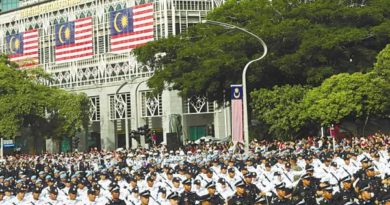ASEAN HEADLINE-NUCLEAR ENERGY | Singapore signs agreement with US to deepen understanding of nuclear reactors, safety
From AI to biotechnology, Singapore is an important partner to the U.S. when it comes to critical and emerging technologies. By joining efforts and capitalizing on our collective strengths, we can speed innovation to create solutions to the world’s most pressing problems.
.
.
.
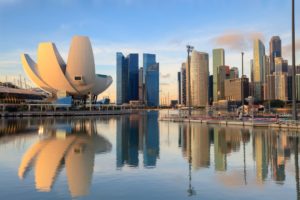
SINGAPORE – Singapore and the United States on July 31 inked a 30-year agreement that will allow the Republic to learn more about the latest nuclear technologies and scientific research from American organisations.
The move will help Singapore make a more informed decision on nuclear power as a clean energy source, said the authorities, who stressed that no decision has been made on deploying nuclear energy.
Foreign Minister Vivian Balakrishnan signed the 123 Agreement on Nuclear Cooperation with US Secretary of State Antony Blinken, who visited Singapore from July 30 to July 31 as part of an 11-day visit to South-east Asia.
“Current conventional nuclear technologies are not suitable for Singapore. But given advances in civil nuclear technology, we need to stay abreast of breakthroughs in this rapidly evolving field,” said Dr Balakrishnan during the signing.
“The Agreement facilitates access to information, technological expertise, and allows us to deepen our engagements with civil nuclear experts in the US,” he added.
The US has 24 such agreements in force that govern peaceful nuclear cooperation with countries or entities. They are allowed to receive “significant transfers of nuclear material or equipment” from the US.
US firms are generally not authorised to export equipment and materials without a bilateral agreement in force, according to the Nuclear Energy Institute, a trade association based in the US.
In a statement on July 31, the Ministry of Sustainability and the Environment (MSE) and the Ministry of Trade and Industry (MTI) said any decision to deploy nuclear energy in Singapore will require “detailed studies of the safety, reliability, affordability and environmental sustainability of nuclear energy in our local context”.
Small modular reactors
Both ministries said Singapore will be joining the US Department of State’s Foundational Infrastructure for Responsible Use of Small Modular Reactor Technology (First) programme, which supports partners to better understand small modular reactors or other newer advanced nuclear energy technologies.
Small modular reactors are thought to be more suitable for land-scarce, population-dense Singapore as they have a lower power capacity, enhanced safety standards and require much smaller buffer zones, compared with conventional reactors. Such reactors have a generation capacity about one-third of traditional reactors.
Under the First programme, Singapore will gain access to a network of US entities involved in nuclear energy, including the US National Laboratories, and countries developing newer nuclear energy technologies to facilitate its capability building process.
This will support Singapore’s efforts to understand and evaluate advanced nuclear energy technologies, should viable options emerge.
“This agreement builds on the longstanding civil nuclear collaboration between (the) United States and Singapore and outlines a comprehensive framework to deepen peaceful nuclear cooperation based on a mutual commitment to nuclear non-proliferation,” said both governments in a joint statement on the signing of the US-Singapore 123 Agreement.
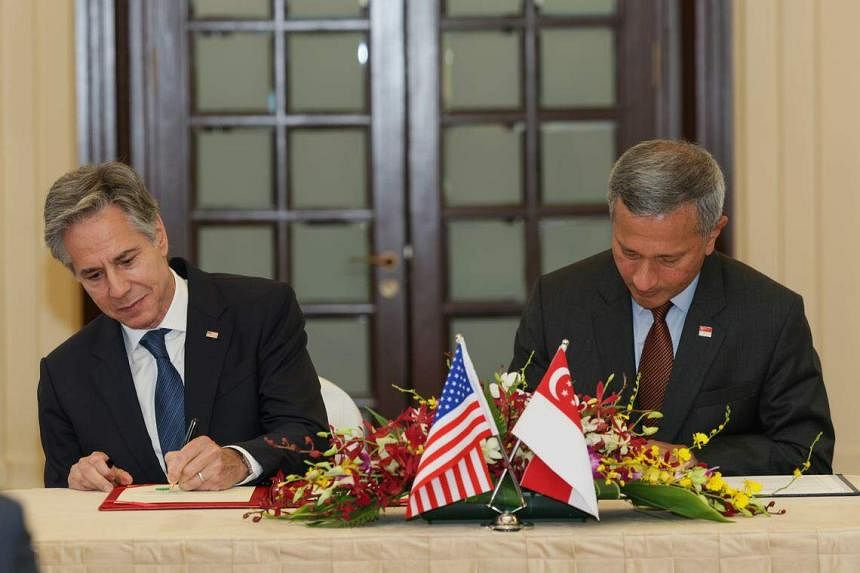
…
Nuclear non-proliferation is the prevention of the spread of nuclear weapons and weapons technology.
The agreement is expected to come into force by end-2024, after it has been reviewed by the US Congress.
Once in force, the agreement will enable deeper nuclear cooperation, consistent with the highest international standards of safety, security, and non-proliferation, the statement added.
“(This will) build on our strong bilateral partnership,” said both governments.
…
Push for net-zero
There has been a global resurgence of interest in nuclear energy, as countries recognise its potential in helping to get the world to net-zero emissions by 2050.
At the United Nations climate change conference COP28 in 2023, more than 20 countries – including the US, Japan and South Korea – launched a declaration to triple nuclear energy capacity globally by 2050.
Singapore has indicated that it is considering all options – including nuclear energy – as a potential clean energy source in its push to net zero by 2050, as nuclear power provides a stable source of energy in a cost-effective way.
Renewable sources such as solar and wind can provide zero-emissions energy, but their supply is less stable due to intermittencies in sunshine or wind speeds.
In South-east Asia, Malaysia, Vietnam, Indonesia, the Philippines and Thailand all have an interest in nuclear power, with some looking to build a nuclear power plant in the next decade or so. Indonesia, the Philippines and Vietnam have also signed the 123 Agreements with the US.
The Nuclear Energy Institute said on its website that the purpose of these agreements is to prevent diversion of commercial nuclear materials and technology from their intended peaceful use.
Among other rules, countries will be required to adhere to the International Atomic Energy Agency standards on the use and security of nuclear material, and restrict the reprocessing and re-transfer of the material and equipment.
By signing the agreement, Singapore will have access to detailed information that the US has placed under export control.
The agreement is also a prerequisite for Singapore to collaborate with other countries that use nuclear energy technologies and designs containing intellectual property of US origin, said MSE and MTI.
In a Facebook post on July 31, Prime Minister Lawrence Wong said Singapore’s bilateral relationship with the US is in “excellent shape”, and both nations have substantial ties in many areas, from the economy to defence and security.
“We are expanding our cooperation to new areas, including on critical emerging technologies like AI (artificial intelligence), as well as civilian nuclear energy,” he added.
PM Wong said he was glad that the US and Mr Blinken himself remained committed to engaging South-east Asia.
He added that he is looking forward to strengthening both Singapore’s and Asean’s partnerships with the US.
…
International collaborations
Singapore’s agreement with the US builds on the Republic’s existing efforts in international collaboration to develop its domestic capability in nuclear safety. For example, existing collaborations have been in place with France, which has deep expertise in nuclear safety.
“Singapore is open to considering collaborations with countries that can support our capability building in nuclear science and safety,” said MSE and MTI.
Singapore has, since 1967, also been a member state of the IAEA, where it leverages their expertise for its capability building.
The Republic is already taking nuclear safety research to the next level, with a new multi-million dollar building for the Singapore Nuclear Research and Safety Institute, ST previously reported.
The research building, which is at the National University of Singapore, has a target of having 100 nuclear safety experts in the longer term.
.
…
Evolving nuclear technology
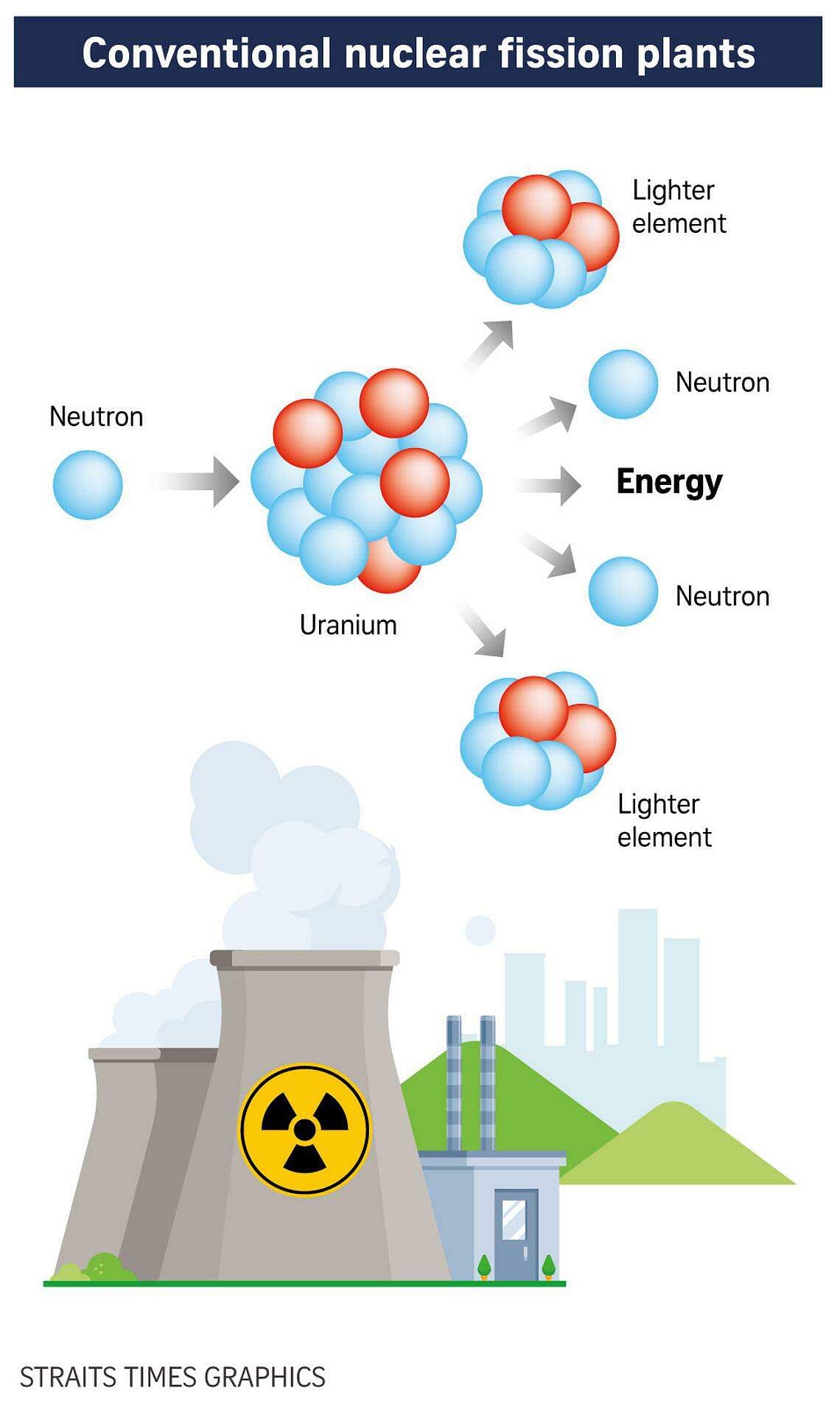
- In a fission reaction, radioactive uranium atoms are split into two, kicking off a chain reaction that releases a large amount of energy in the form of heat and radiation. This heat is converted into electricity.
- Traditional nuclear fission power plants produce massive amounts of energy – a single reactor produces 1,000 megawatts (MW) each day, enough to power 100 million LED bulbs.
- These reactors typically require large buffer zones, which would be beyond Singapore’s radius.
- Three global nuclear accidents, including the Chernobyl meltdown and the Fukushima disaster, have made these plants controversial.
- But those incidents involved Generation II reactors, built till the 1990s. Since 2012, advanced Generation III reactors have emerged, promising better performance and safety elements.
- Large conventional nuclear fission plants – mostly fuelled by uranium – are the predominant types in operation currently.
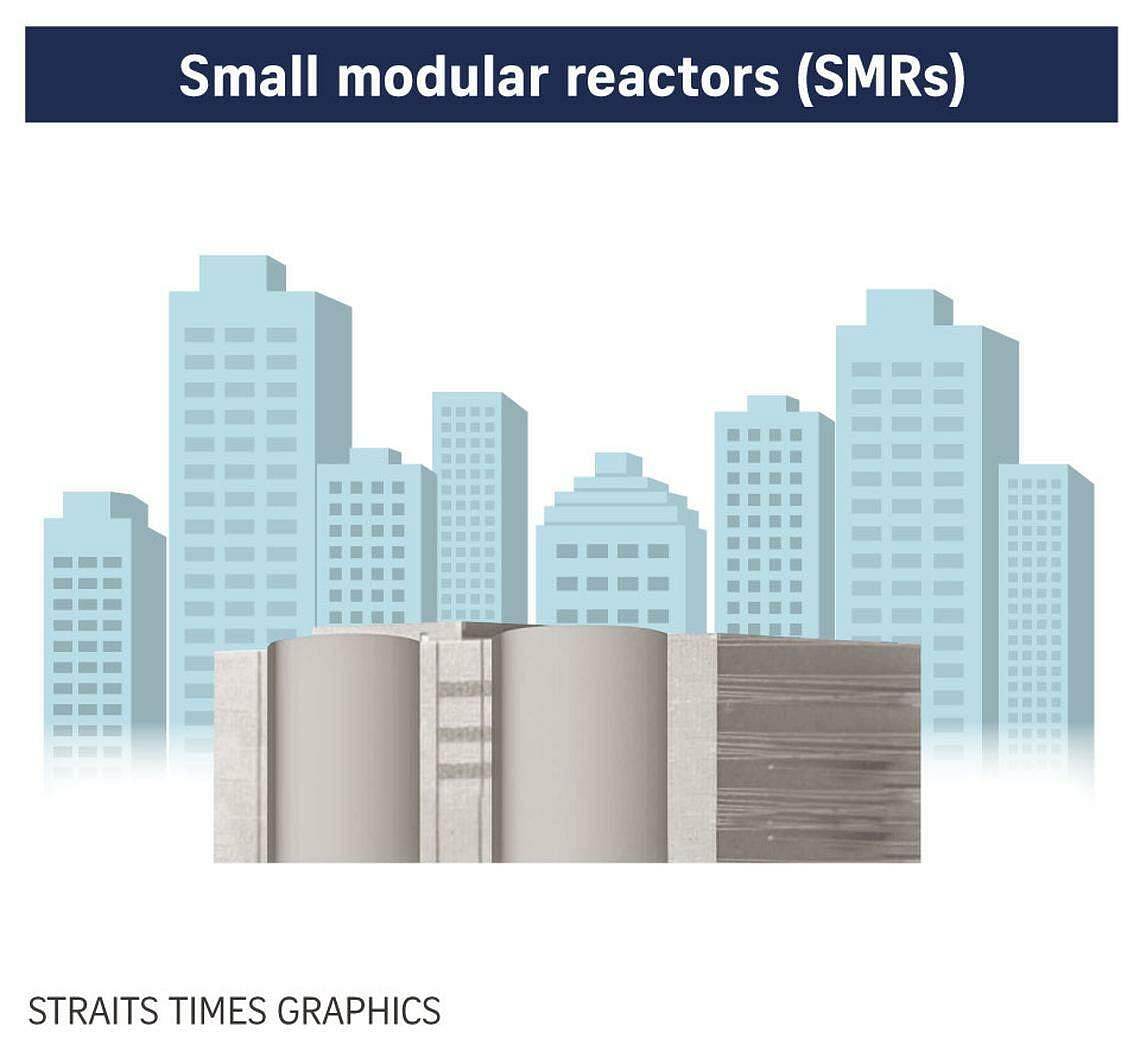
- Small modular reactors (SMRs) are advanced reactors with a lower power capacity that can be factory-assembled and scaled up like Lego bricks. The power capacity of one SMR is about a third of traditional reactors, at about 300MW.
- With their smaller footprint, SMRs can be set up in dense places not suitable for larger nuclear power plants.
- SMRs also harness fission energy, but they don’t require human intervention to shut down because they rely on natural forces such as circulation, convection and gravity. These increased safety elements significantly lower the risk of unsafe radioactive leaks.
- Most SMRs worldwide are still being developed.
.
…
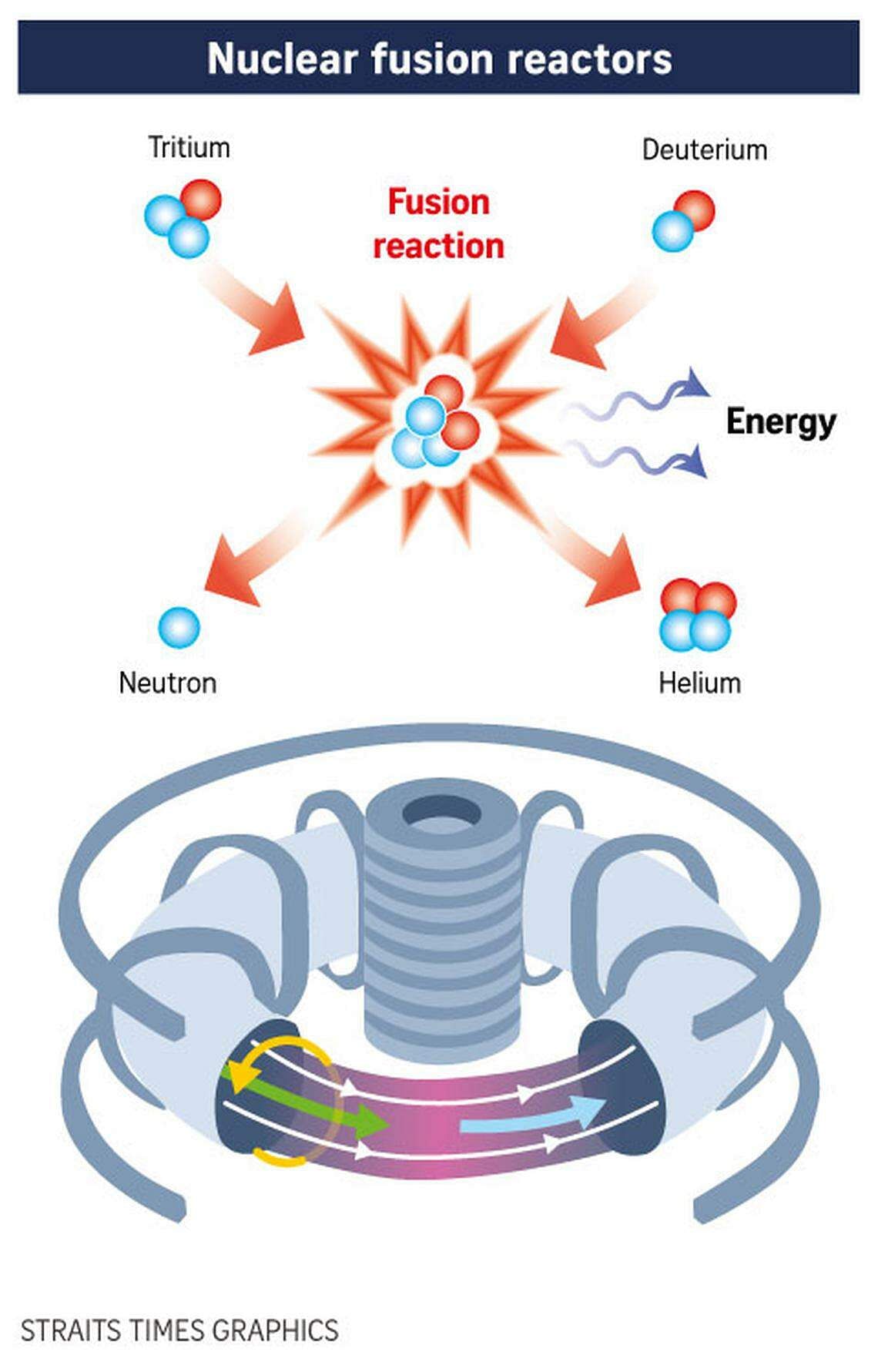
- Fusion occurs when two hydrogen isotopes collide, releasing massive amounts of energy – four times more than fission – with 1kg of fuel.
- The Sun, like all stars, is powered by nuclear fusion.
- To reproduce the Sun’s power on Earth, a temperature of over 100 million deg C is needed, with the help of strong magnetic fields in a doughnut-shaped chamber.
- Fusion reactors are not expected to produce long-lived nuclear waste. And as the fusion process is difficult to start and maintain, there is no risk of a runaway reaction and meltdown.
- While experimental reactors are being built, there is a long way to go before a commercial plant is up. Experts said the earliest we could expect to see one could be in the 2040s.
- Source: IAEA, US Department of Energy, European Commission

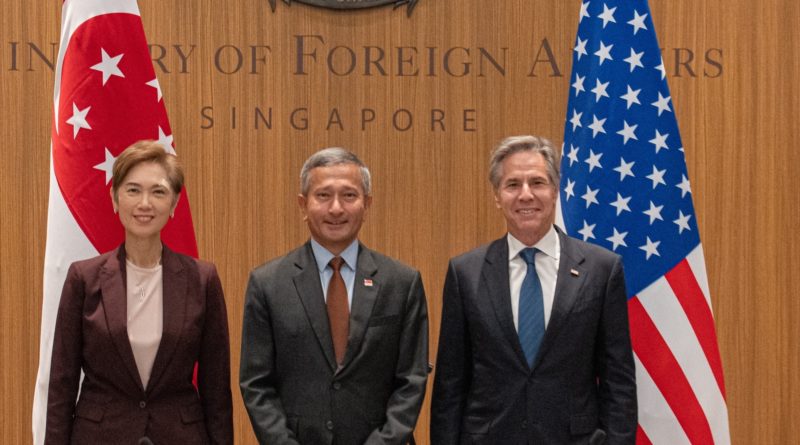
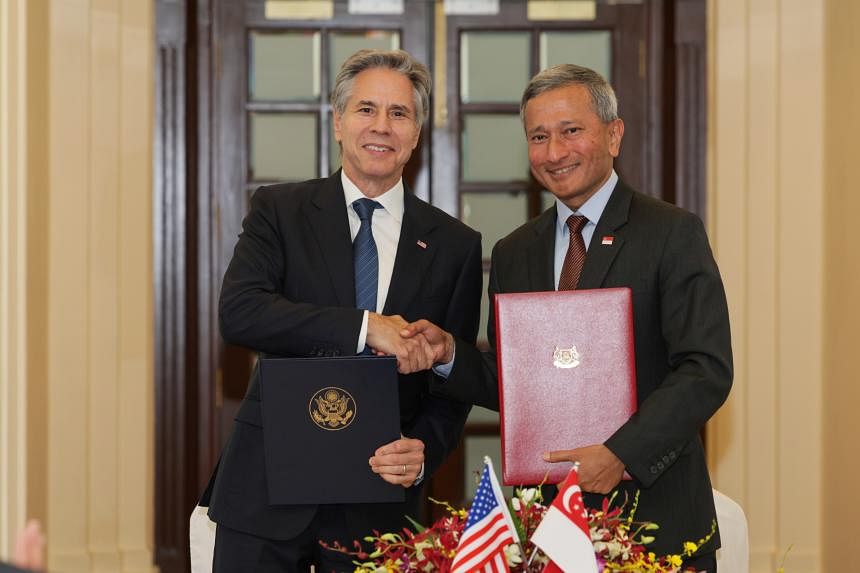
 Memento Maxima Digital Marketing
Memento Maxima Digital Marketing






